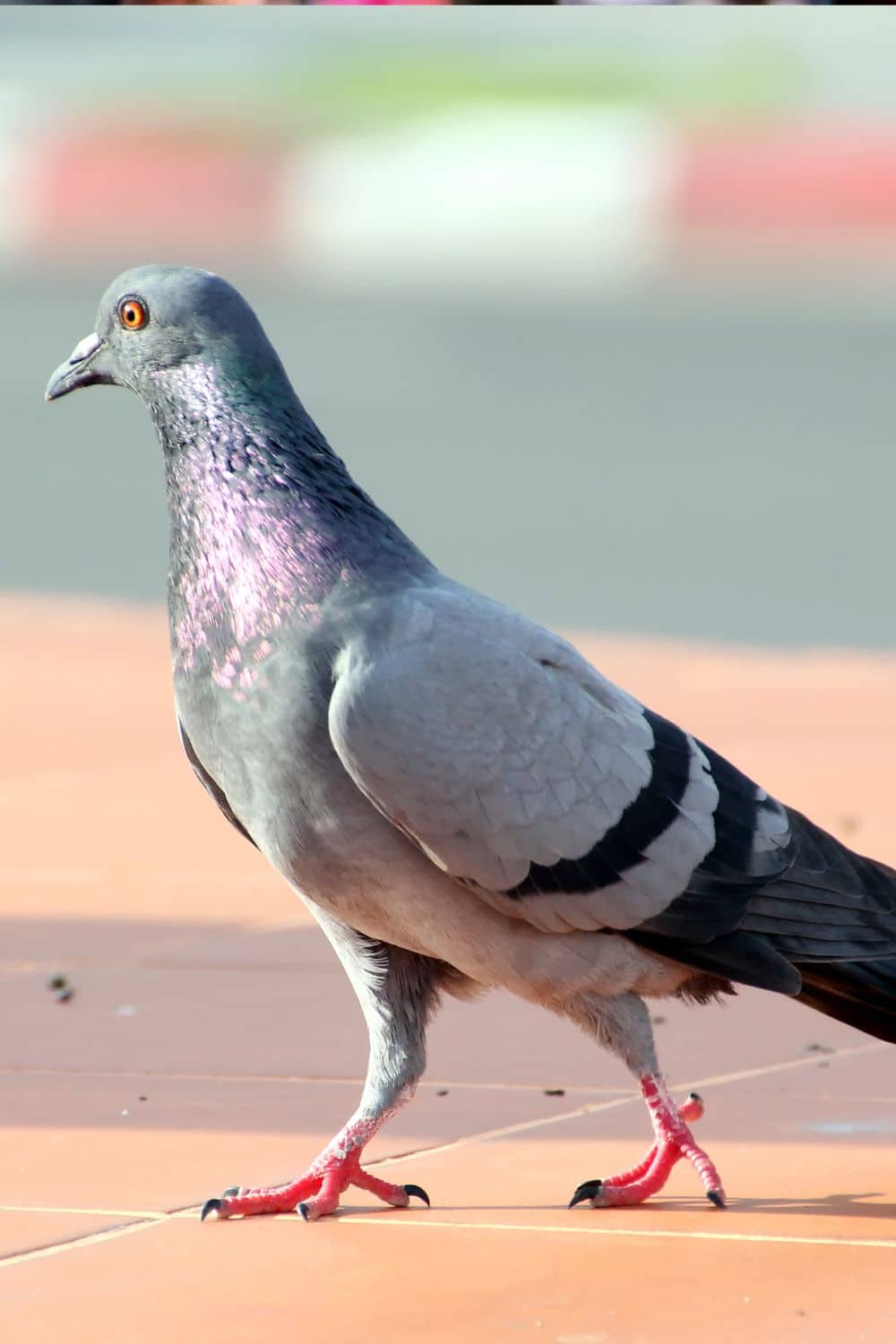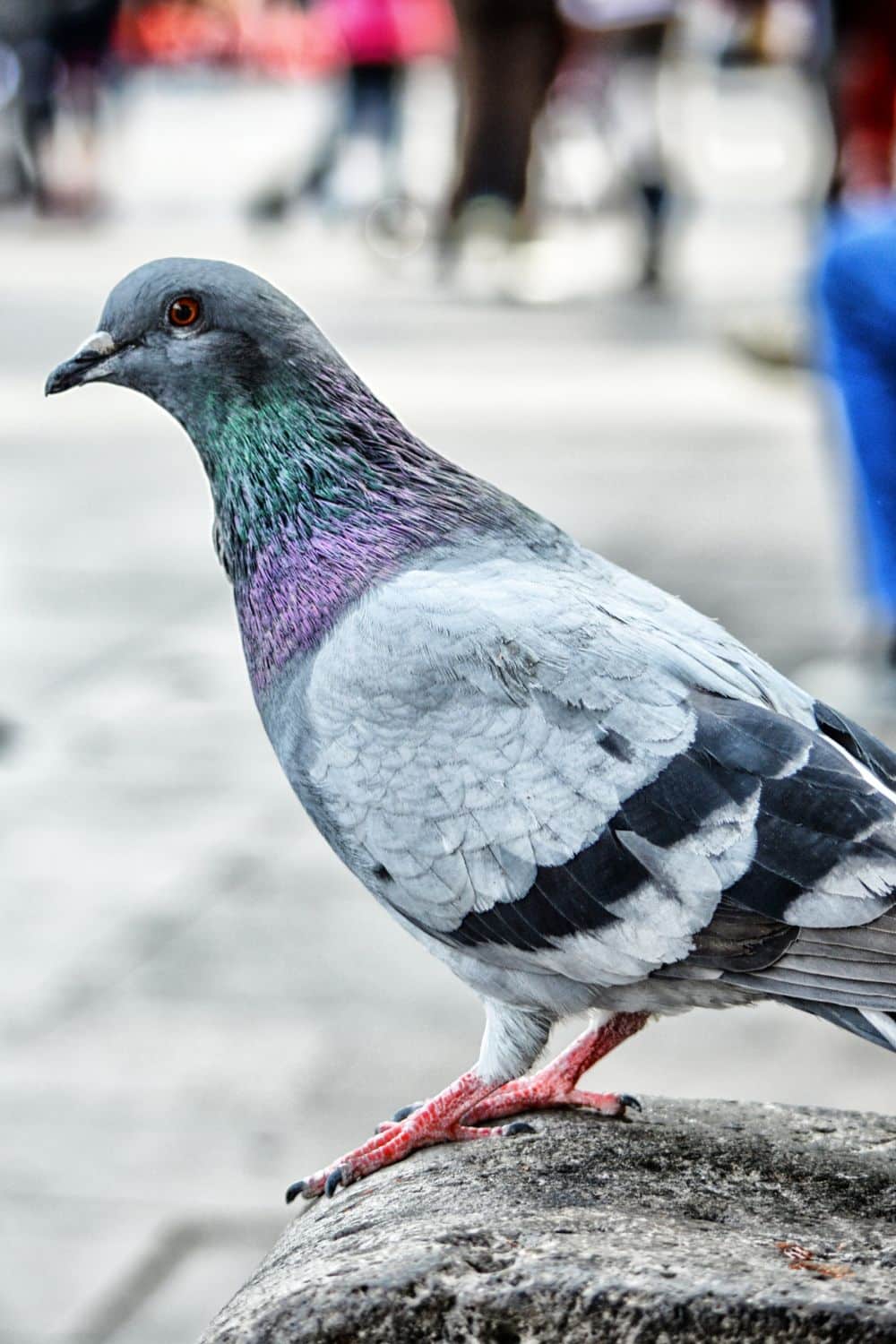Are you looking for ways to make Pigeon Management Made Easy, here are Effective Control Techniques and Tips.
Pigeon Management Made Easy: Effective Control Techniques and Tips
I get it, I really do. One moment you’re enjoying the simple pleasure of a cup of coffee on your balcony, and the next you’re engaged in a full-blown cleanup operation because a pigeon decided your space was the perfect spot to chill—or worse, to start a family.
And if you’ve ever had to deal with that stubborn stain left on your car, or tried to explain those mysterious “accidents” on your window sills to guests, you know that the struggle is all too real.
It’s not just about aesthetics either; there’s the nagging thought in the back of your mind about potential health risks or property damage. Trust me, I’ve been there, scrubbing away at the unwanted mess, wondering if my outdoor spaces would ever be truly mine again. But don’t worry; you’re not in this alone, and it’s far from a lost cause. With the right approach, you can handle this like a pro and turn your space back into the sanctuary it was meant to be. So, how?
OvoControl Birth Control
Birth control techniques offer an innovative and humane approach to managing pigeon populations over the long term. Unlike methods that focus on driving pigeons away or trapping them, birth control addresses the core of the issue by reducing the number of new pigeons born each year.
One such product is OvoControl, which consists of a special contraceptive that can be added to bird feed. Special automatic feeders are often used to ensure correct dosage and ethical compliance. For this reason, it may be beneficial to consult professional pigeon control services by OvoControl to ensure its effectiveness.
This method is not an immediate solution; its impact becomes gradually noticeable over a period of months as the number of new births decreases. This method is particularly effective in areas where large flocks of pigeons are found, making it easier to administer the feed responsibly.
Architectural Modifications
While birth control methods tackle the issue of pigeon overpopulation at its root, modifying your property’s architecture can serve as an effective complementary strategy. Employing pigeon deterrents like spikes on ledges makes it uncomfortable for pigeons to land or perch. This encourages them to seek alternative locations, thereby reducing the pigeon traffic in the targeted area.
For larger open spaces like courtyards or balconies, bird netting provides an effective barrier that prevents the birds from entering the area altogether. It’s a versatile solution that can cover multiple landing or nesting spots.
Finally, bird slopes installed on roofs offer another layer of deterrence. The angled design of the slopes makes it difficult for the birds to maintain their footing, leading them to slide off.
Food Source Management
Controlling the food sources available to pigeons is a critical aspect of pigeon management. Pigeons are primarily attracted to areas where food is readily available. Unfortunately, our urban environments often provide an abundance of food sources for pigeons, from open trash cans to well-intentioned individuals feeding them.
Start by securing trash bins with lids and cleaning up food remnants from outdoor spaces. It’s also important to communicate with your neighbors and local community about the unintended consequences of feeding pigeons.
Landscaping Techniques
Your outdoor space’s design can be more than just aesthetically pleasing; it can also act as a pigeon deterrent. When planning your garden or yard, consider using plant species that pigeons find less appealing. Plants like lavender, peppermint, and citronella are not only beautiful but also serve a functional purpose. Their scents are often irritating to pigeons, effectively discouraging them from settling in your space. While you enjoy the pleasant aroma and lush appearance of these plants, pigeons are likely to steer clear.
As for water sources, they are pigeon magnets. If you have a pool, consider covering it when not in use to prevent it from becoming a pigeon watering hole. Draining standing water from outdoor features like fountains or birdbaths can also go a long way in making your property less appealing to these birds.
Hazing Devices
While the idea of frightening devices may sound somewhat theatrical, these tools can be quite practical. Devices like audio-visual deterrents, such as reflective tape or motion-sensitive lights, can disorient pigeons and deter them from settling in certain areas. Mechanical devices like rotating owls have a similar effect; their movements can make pigeons feel threatened, encouraging them to move along.
Chemical Methods
Over the years, chemical methods for controlling pigeon populations often contained harsh substances that could immediately cause death or harm to the birds. However, as we are becoming more environmentally conscious, products have evolved to offer safer, more humane options.
There are eco-friendly chemical alternatives designed to deter pigeons without causing harm. These are made from natural ingredients like peppermint or cinnamon oil that create an aroma unpleasant for the birds but safe for other animals and humans.
One popular choice is natural repellent sprays, which are easy to apply and can be used on a variety of surfaces. Another option is non-toxic gel repellents. These gels create a sticky surface that makes it uncomfortable for pigeons to perch


Leave A Reply!